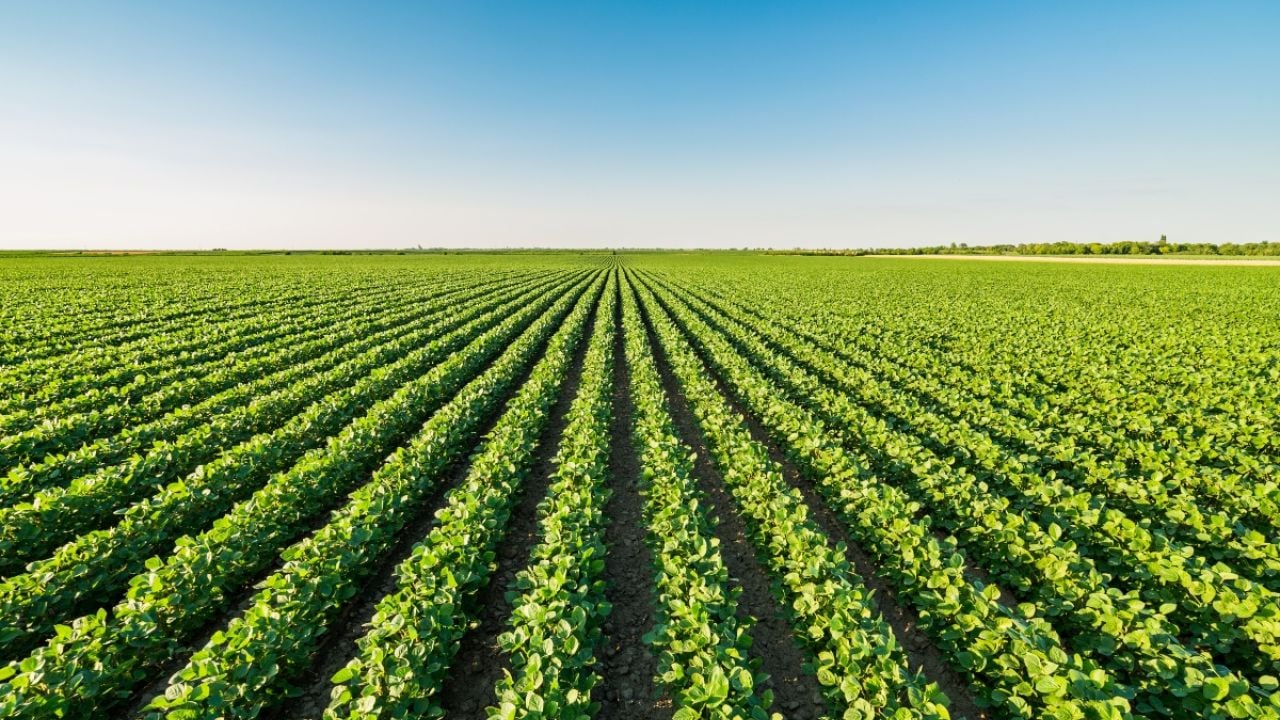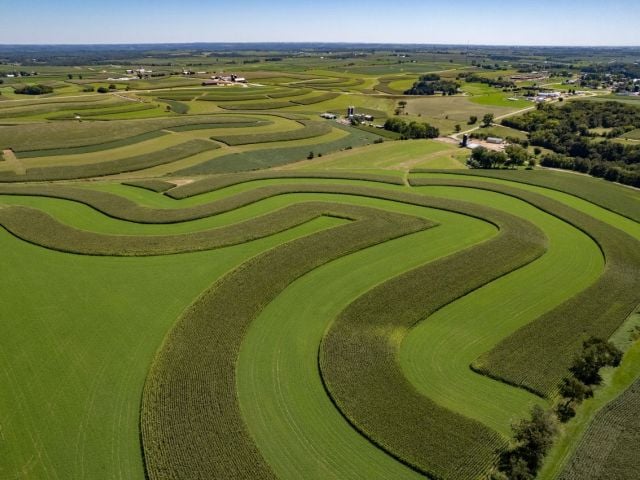
Nearly 20,000 farmers received taxpayer-funded federal farm subsidies or disaster relief payments for 37 consecutive years, according to a new EWG analysis.
Collectively, these farmers received more than $18 billion over 37 years, or an average of nearly $1 million per recipient.
By contrast, anti-hunger assistance programs are subject to much stricter income and asset tests, so poor people remain on Supplemental Nutrition Assistance Program benefits, better known as food stamps, for an average of just 12 months.
EWG’s analysis comes as Congress begins to renew the farm bill, which provides financial assistance to farmers from various subsidy programs.
Rather than reducing dependence on farm subsidies, the 2018 farm bill created new subsidy loopholes by allowing payments to cousins, nieces and nephews of farmers, no matter where they live or work.
Department of Agriculture data show that between 1985 and 2021, a total of 19,654 recipients received payments every year. The average recipient collected $942,458 over the 37-year period, for a total of $18.5 billion.
The chart below shows the 10 largest recipients of federal farm payments between 1985 and 2021.
|
Recipient |
Location |
Subsidies, 1985 - 2021 |
|---|---|---|
|
Gila River Farms |
Sacaton, Ariz. |
$34,389,306 |
|
Tohono O’Odham Farming Auth. |
Eloy, Ariz |
$25,431,424 |
|
Molitor Bros |
Cannon Falls, Minn. |
$18,577,448 |
|
Frische Bros |
Dumas, Texas |
$17,393,276 |
|
DL Robey Farms |
Adairville, Ky. |
$16,552,981 |
|
Parker Brothers Farm |
Sikeston, Mo. |
$12,682,843 |
|
Fann Farms |
Salemburg, N.C. |
$12,485,332 |
|
Connelly Farms |
Ulmer, S.C. |
$12,460,292 |
|
Four Oaks Farm |
Morganza, La. |
$12,009,122 |
|
Michael Brown & Sons |
Lake Providence, La. |
$11,686,722 |
Source: EWG, from U.S. Department of Agriculture
EWG also found that some subsidy recipients who received payment for 37 consecutive years neither work nor live on a farm. In fact, 150 of the 19,654 repeat recipients live in the nation’s 50 largest cities, despite a requirement that farm subsidy recipients be “actively engaged in farming.”
The Government Accountability Office recently reported that almost one-fourth of farm subsidy recipients did not provide personal labor on their farms.
Between 1985 and 2021, farm subsidy programs paid farmers when crop prices fell below price guarantees set in the federal farm bill or, more recently, when crop revenue fell below annual averages for their crops. Between 1996 and 2014, farmers also received “direct” subsidy payments linked to historic crop production. Disaster payments have been paid through annual spending bills, permanent disaster programs, and temporary disaster programs.
EWG did not obtain data on subsidies before 1985. Farmers are also eligible for crop insurance premium subsidies, but federal law prevents the USDA from disclosing information about individual crop insurance subsidy recipients.
Federal law does not prevent farmers from receiving farm subsidies or disaster payments – even if they have received a payment every year for nearly four decades. Farmers remain eligible for subsidies as long as their average annual adjusted gross income is less than $900,000, or less than $1.8 million for farm couples, and their farm sales top $1,000.



